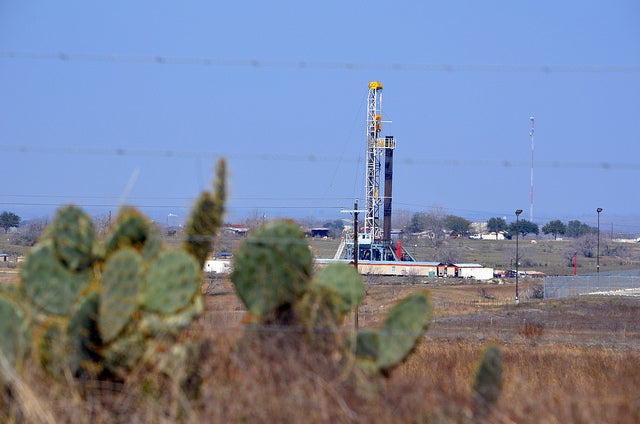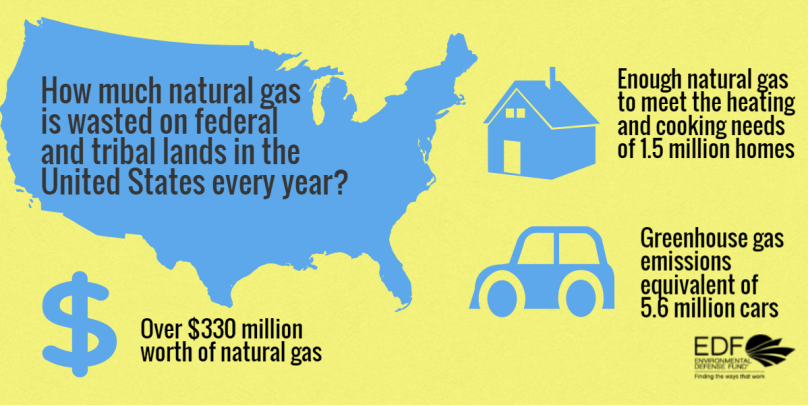Carlos Mandeville co-authored this post.
This year is set to be another record-breaker for solar power: the industry is on pace to nearly double in size by the end of 2016, and there are now more than one million solar installations in the U.S. that generated more new electricity in the first quarter of the year than coal, natural gas, and nuclear combined. This is good news, in part because 2016 is also on track to be the hottest year in recorded history – awash in scorching hot solar rays we can tap for clean, renewable energy.
Unfortunately, solar power is still inaccessible to vast, unreached markets and segments of the U.S. population. The National Renewable Energy Laboratory says only 22 to 27 percent of residential rooftops are capable of hosting a solar system because of structural challenges, tree shading, or “ownership issues” – mainly households who rent, and cannot install solar panels on roofs they don’t own. Likewise, U.S. households who earn less than $40,000 per year (40 percent of the U.S. population) account for less than five percent of all solar installations.
But the solar game is changing. New models are emerging to complement and fill gaps in the market.










 It’s unfortunate that a partisan group of Congressional representatives recently tried to
It’s unfortunate that a partisan group of Congressional representatives recently tried to  New technology is evolving electricity transmission from a centralized, one-way system to a more distributed, interactive one. This system necessitates new electricity rates, and the National Association of Regulatory Utility Commissioners (NARUC) unveiled this week at its annual summer meeting a draft
New technology is evolving electricity transmission from a centralized, one-way system to a more distributed, interactive one. This system necessitates new electricity rates, and the National Association of Regulatory Utility Commissioners (NARUC) unveiled this week at its annual summer meeting a draft 

